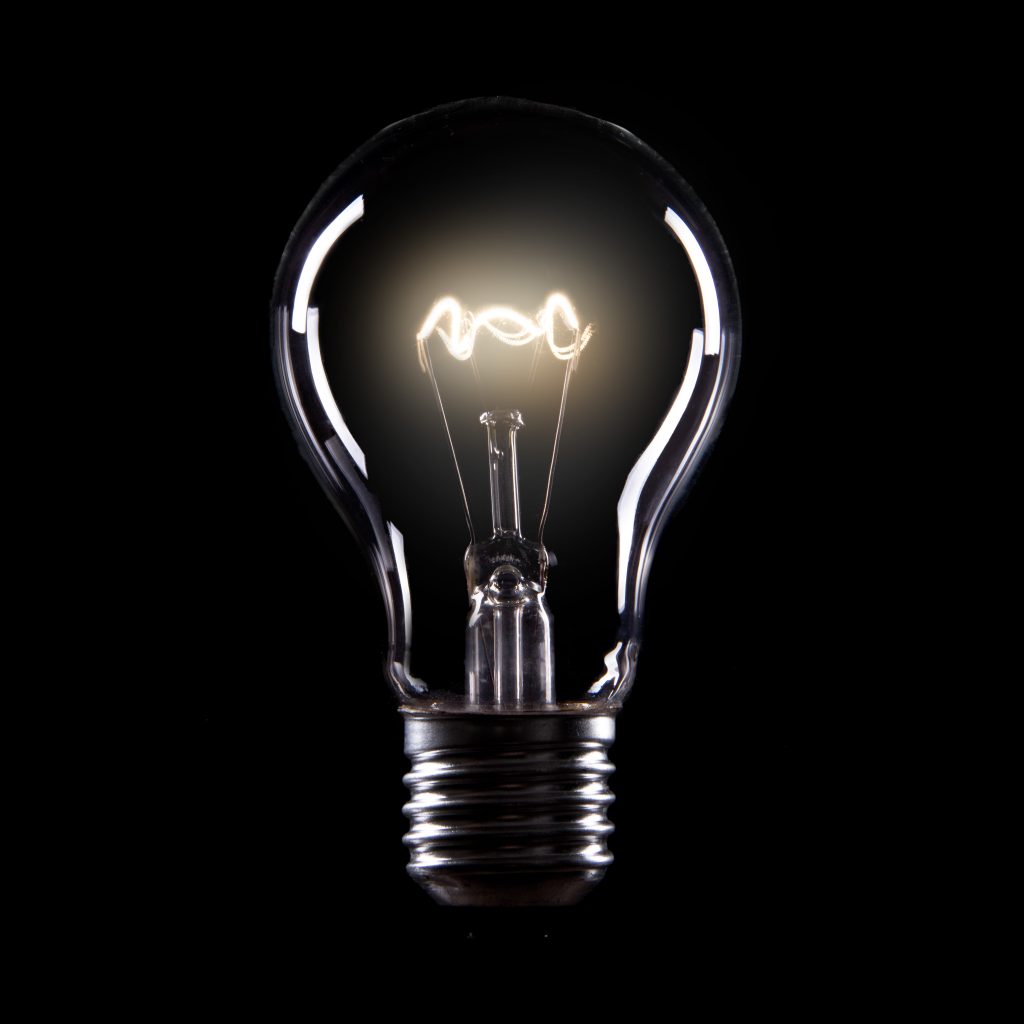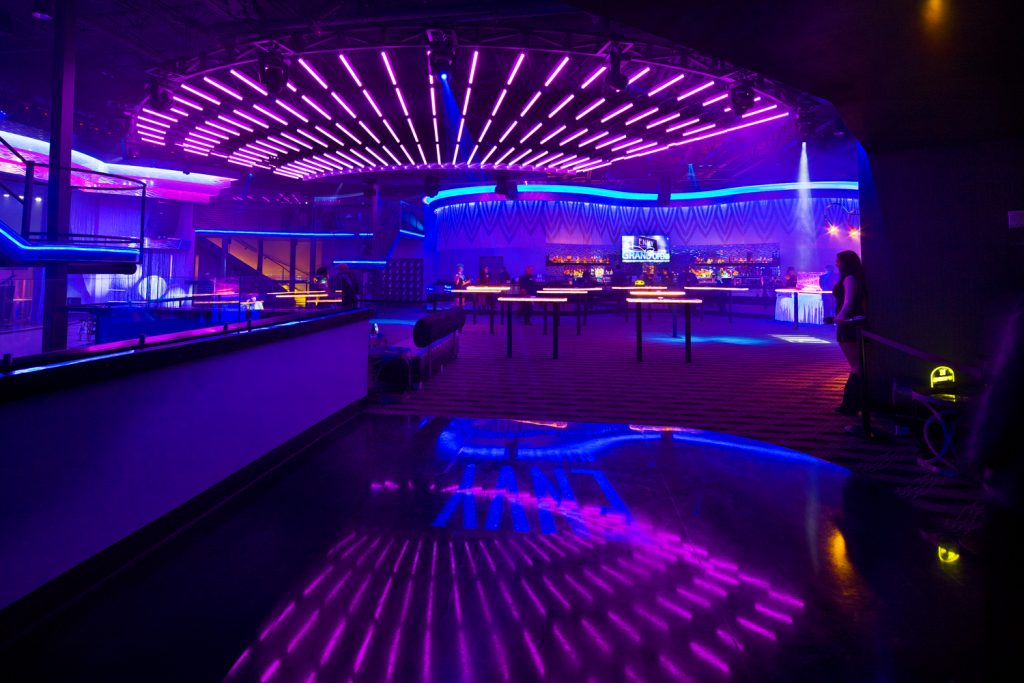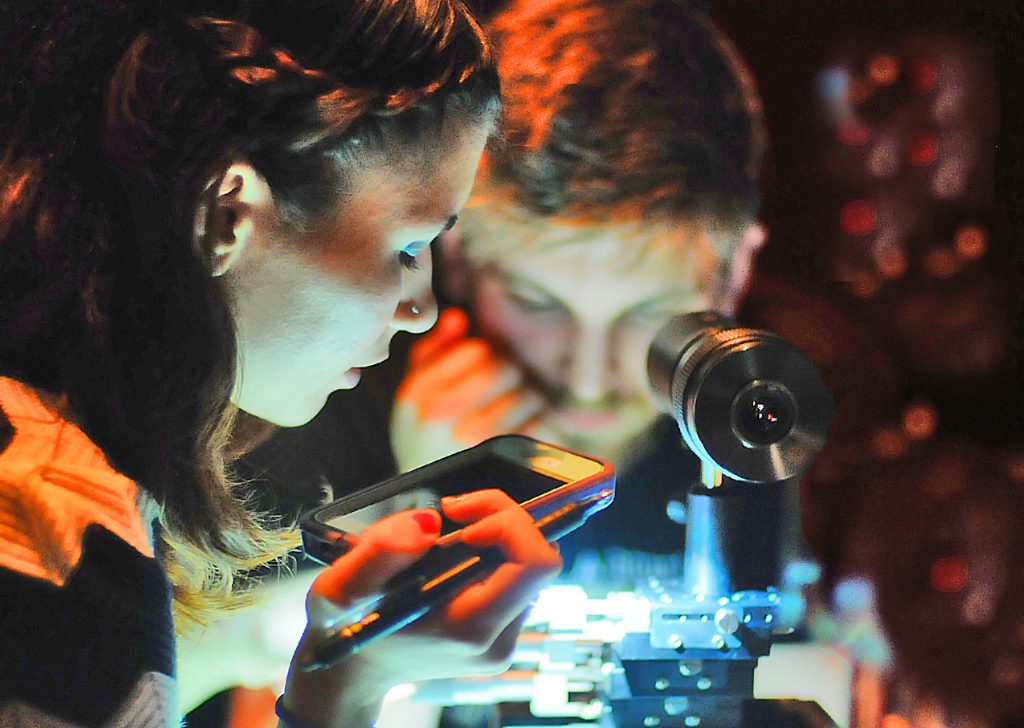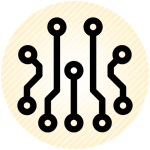Perhaps the most obvious application of optics and photonics is in the field of lighting. Incandescent lighting has made way for more efficient technologies such as the compact fluorescent and LED bulbs. Breakthroughs in lighting will yield longer lasting, more efficient lighting, thereby reducing power costs for consumers.

While the incandescent light bulb has been in use for well over 100 years, their efficiency of converting electrical into light energy is quite low. Lighting consumes well over 20% of the electricity used in the U.S. By converting from incandescent to LED bulbs, tremendous savings will be realized for the home consumer.
LED lighting is becoming a larger part of the market as their price drops. LED is not only much more efficient than other more common lighting, but they last longer and can be used in locations that are inaccessible or difficult to reach. They are replacing lighting in automobiles, where quite often they last longer than the vehicle itself.


An important factor is the decreasing cost that LED lighting affords compared with incandescent and compact fluorescent bulbs. Over a 20 year period of time, LED lighting for a single light fixture costs consumers approximately $40 while incandescent bulbs are $270, taking into account the cost of bulbs and electricity.
Related Courses found in the B.S. in Photonic Science and Engineering Program at UCF:

Semiconductor Devices
This course introduces students to solid-state electronic devices. Students will learn about energy band diagrams, device physics and models of PN junctions, bipolar transistors, MOS structures, MOS field effect transistors, and other devices.

The course covers three topics: 1) The optical fiber as a transmission channel. 2) Optoelectronic devices used in transmitters, receivers, and multiplexers. 3) Design of the overall communication system and assessment of its performance.

This class consists of analysis of optical systems consisting of lenses, mirrors, and apertures. Image plane, principal planes, and entrance and exit pupils. Magnification, field of view, F-number, image-plane irradiance. Assessment of image quality resulting from diffraction and geometrical and chromatic aberrations, using optical design software. Analysis and design of photonic systems including systems consisting of waveguides and integrated-optic components. Fidelity and noise in optical systems. Numerical simulation using photonic design software.

Optoelectronics and Lab
The course includes a description of the interaction of light with semiconductor materials in a p-n junction configuration, the phenomena of absorption, electroluminescence, and stimulated emission. The distinction between direct and indirect compound semiconductors materials is noted. Includes photodiodes, light emitting diodes (LEDs), semiconductor optical amplifiers, and laser diodes. Array detectors, including complementary metal-oxide-semiconductor (CMOS) and charge-coupled devices (CCD) arrays, and array LEDs are included. Basic specifications and applications of each of these devices are described, including solar cells, imaging with array detectors, and LED displays.